The Future No One Is Prepared For...Is Here
In late August, Cracker Barrel changed its logo. A small thing, really. Companies do this all the time: freshen the look, try to reach new customers, keep up with the times.Sometimes it earns a few groans, a few laughs, but then everyone moves on.
But not this time. This time the change became a battle cry. Social media filled with anger. People took sides: right against left, rural against city, tradition against change.
Over a sign. Over a logo!
The company watched the fury swell. Hashtags called for boycotts. Podcasters and commentators said the eatery had "become woke." A week later, Cracker Barrel backed down and brought the old design back.
Then came the numbers.
More than half of the first day’s outrage posts weren’t from people at all. They were bots — fake accounts programmed to make a few complaints look like a mass revolt. News outlets reported a backlash. Influencers amplified it. Executives saw a firestorm. And an uproar that didn't exist drove real decisions.
And this isn’t an isolated oddity. The same thing is happening right now with a petition to remove Bad Bunny from the Super Bowl halftime show . Fake accounts are inflating anger, media is reporting it as if it’s real, and the NFL is reviewing the decision as if it represents the feelings of actual fans.
We are following illusions. We’re shaping strategies around them, cutting programs because of them, revisiting our values because of them. We are letting shadows steer us.
It’s crazy when you stop to think about it. And you probably have. You’ve watched a sudden wave of anger crash across the internet—over a logo, a diversity initiative, a bathroom policy, a pandemic rule — and thought: Are we really doing this?
That feeling matters. Because what you’re sensing isn’t just noise; it’s a structural shift. Rage-baiting and social distortion aren’t a passing trend. They’ve become part of the operating system of modern life. They’re cheap to produce, powerful to deploy, and they prey on one of the oldest survival instincts we have: look to the crowd to know what’s real.
That instinct built our communities, our cultures and our markets. It’s how humans have made sense of the world for millennia. But in this new environment, it’s been turned against us.
Which is why leaders can’t afford to be complacent—or dismissive—about what’s happening. It’s not enough to shrug and say the internet is a mess. You need to surface this problem inside your own walls. Make it explicit. Have the meeting. Ask your teams, your leaders, your communities, even your families:
How are we deciding what’s real?
Who do we trust when we say “everyone’s talking about this”?
What should make us pause: outrage that erupts overnight, anger that feels unanimous but comes from nowhere, anonymous voices driving the story?
Because this isn’t an emerging problem; it’s here. And if you keep leading with an outdated compass, the one that assumes the crowd and consensus is real, you will keep reacting to ghosts.
Adapt Or Die.
